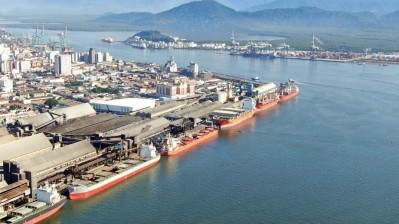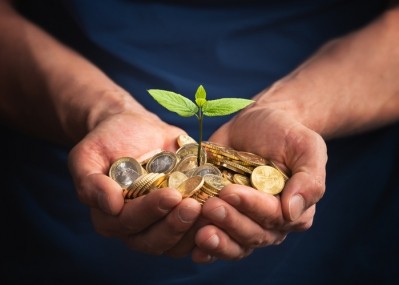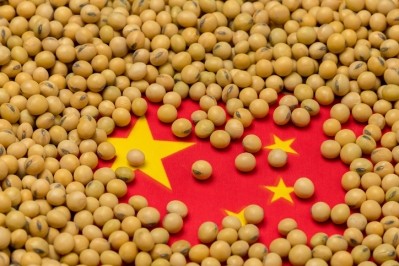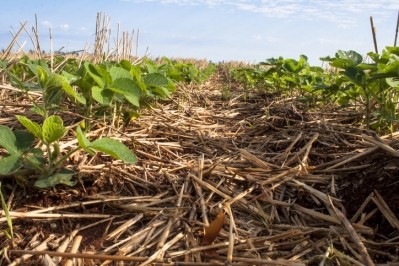Traders show how much soy they source from the Cerrado
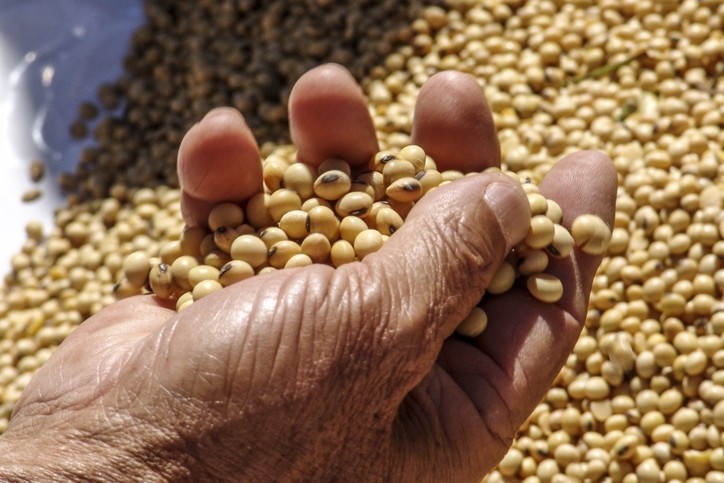
Archer Daniels Midland (ADM), Bunge, Cargill, COFCO International, Glencore Agriculture and Louis Dreyfus Company (LDC) have all released reports on their soy sourcing from that biome.
The publications outline the percentage of soy each trader sources from the Cerrado relative to their total Brazilian volume based on 2018 data. The reports also include the percentage of soy within the Cerrado that is sourced directly from farmers and indirectly from third parties from 25 priority municipalities.
The six traders are part of the Soft Commodities Forum (SCF), convened by the World Business Council for Sustainable Development (WBCSD). They say they want to advance collective action around common sustainability challenges.
Those agribusiness giants all pledged to a common reporting framework last February, in order to support transparent and traceable soy supply chains in Brazil.
Diane Holdorf, managing director, food and nature, WBCSD, said this “is the first time leading global commodity traders are working together in the soy sector on a precompetitive project to address sustainability risks they all share, but which no single company can resolve alone.”
The reports by ADM, Bunge, Cargill, COFCO, LDC and Glencore, were produced with the assistance of ProForest, with information provided by the Cerrado Working Group, said the WBCSD.
Reaction
Glenn Hurowitz, CEO of not-for-profit environmental campaign group, Mighty Earth, reacting to the reports by the traders, told us:
“The feed industry is fiddling while Brazil burns. May had the highest level of deforestation in Brazil ever recorded, and the soy traders response is just to provide data similar to what’s already available in the public domain and pretend it’s a response to the deforestation crisis. The feed and meat industry need to get serious by reporting the identity of their suppliers, which ones engage in destruction of native vegetation, and discontinuing any business with them. With 1.6 billion acres of previously deforested land where they could grow agriculture without threatening native ecosystems, it’s sad that they’re pretending this kind of data dump will do anything.”
He said the data does confirm that Bunge and Cargill remain the two companies most exposed to deforestation risk in the Cerrado.
'Traders possess enough market weight to move the needle'
Writing a comment piece in March about the traders’ intent to provide such reports, David Cleary, head of global agriculture, Nature Conservancy, noted: “There is still a lot to be done. Knowing how much a trader is sourcing from the Cerrado is only a first step. The next and more important step is knowing how much of that sourcing is conversion-free and driving that percentage up over time.
“The specifics of how the traders, individually or as a group, deal with farmers who are still destroying habitat but complying with Brazilian legislation are still unclear. Nevertheless, the traders have made clear the direction of travel, and it will be difficult for them to retreat from those thorny implementation issues now that the zero-conversion policy is out in the open.”
He said it helps, though, that the members of the Soft Commodities Forum together “possess enough market weight to move the needle.”
Targeted interventions the goal
The extent and pace of native vegetation loss resulting from cattle and soy farming expansion poses a significant threat to the Cerrado region of Brazil.
The WBCSD said that by prioritizing 25 municipalities, the SCF companies are actively identifying where targeted interventions are needed to address native vegetation conversion for soy cultivation in that Brazilian biome.
“Identifying and reporting on percentages of soy sourced directly or indirectly is important to inform the type of strategic response that will be developed. By focusing on priority municipalities and working directly with cooperatives, aggregators, and other third parties, SCF members will engage with local partners for more sustainable production practices.”
In addition to bi-annual reporting and tackling native vegetation conversion in the priority municipalities, the traders are said to be participating in the Cerrado Working Group to develop agreed common definitions, design appropriate financial incentives and to outline required actions.
